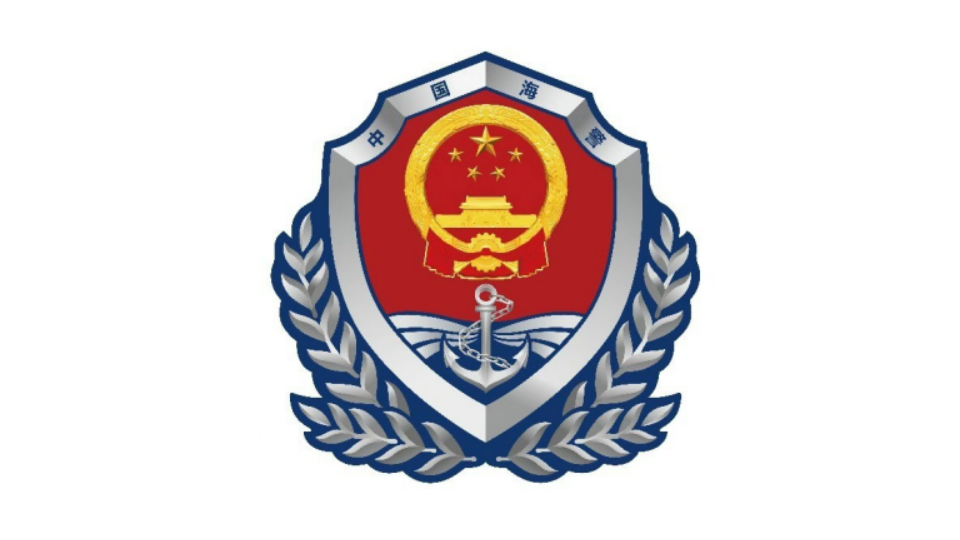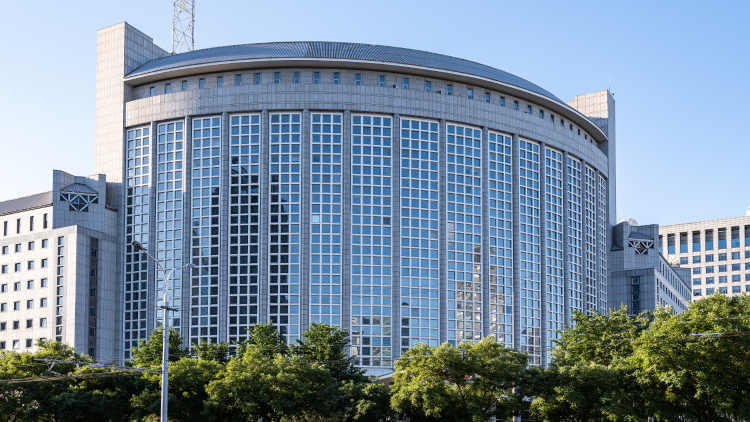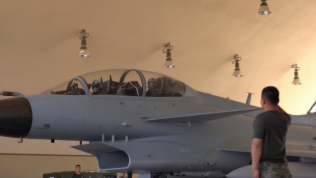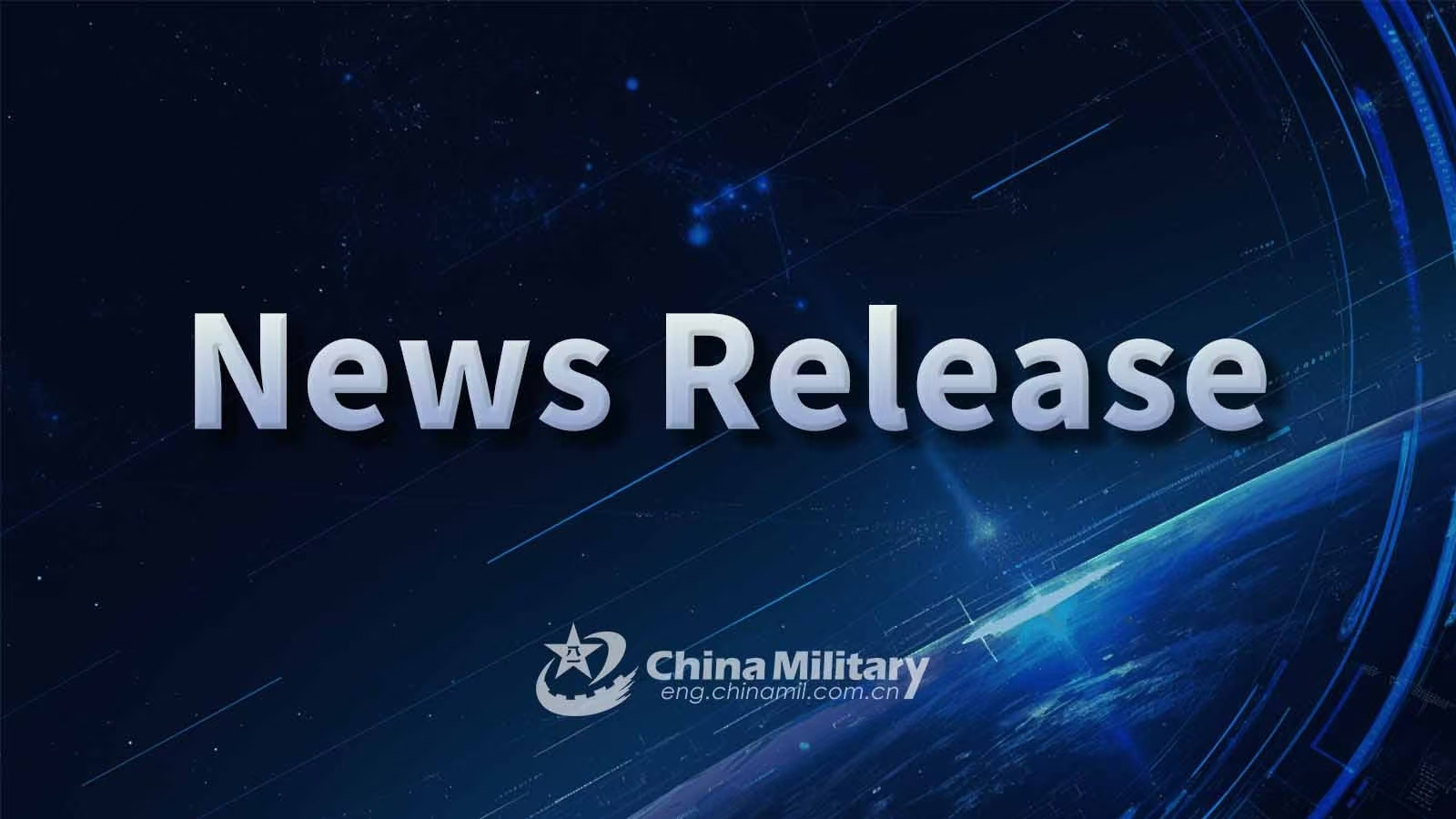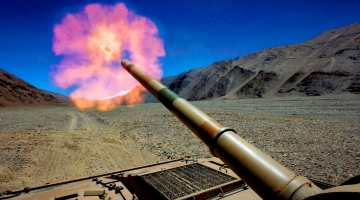By Wu Minwen
The Japanese Defense Ministry announced its 2025 defense budget – 8.5 trillion Yen – on August 30, a new record after years of continuous increase. The marked changes in Japan's defense policy in recent years have cast a cloud over the regional situation.
Japan, a losing party in WWII, has been obliged to keep its annual defense expenditure under 1% of GDP under pressure from the international community and the restrictions imposed by its own Pacifist Constitution. However, for some time now, Japan, for various reasons, has been trying to break the restrictions on its military development and defense spending and challenge the post-WWII international order. The three new defense policies released by Tokyo in December 2022 marked Japan's major about-face and a dangerous belligerent inclination.
To implement the new defense policies, Japan has rolled out a number of projects regarding the establishment of defense systems and mechanisms, strengthening military research, increasing weapon and ammunition stockpiles, and reinforcing battlefield construction. According to the National Security Strategy of 2022, the JSDF Joint Operations Command (JJOC) will be formed under the Defense Ministry which will command the operating troops and coordinate with the US Indo-Pacific Command.
Moreover, Japan also has a "missile wall" program that involves commissioning 1,000 medium- and long-range missiles, plans to buy 105 F-35 fighters and 8 US-made MQ-9 Reaper strategic UAVs, and moves to enhance its military deployments in the southwestern direction, covering situation awareness, air defense early warning, and the stationing of JSDF troops. Implementing these programs and plans is bound to increase military expenditure.
The shift in Japan's defense policy and its reinforced military moves are set against the background of America's promotion of its "Indo-Pacific strategy", for which the US needs Japan to play a bigger role in containing China. Therefore, Japan has not only followed the US in wantonly exaggerating the "China threat", but also made all-out efforts to leverage and cater to America's strategic needs to strengthen its own command system and military capabilities.
First, it has worked hard to align the command systems of the US Forces Japan (USFJ) and JSDF. The US connives in and even encourages Japan's establishment of the JJOC in order to incorporate JSDF into its own combat system.
At the US-Japan "2+2" foreign and defense ministers' meeting on July 28 this year, the US side announced to convert the USFJ into a joint force headquarters, which, though still part of the Indo-Pacific Command, will assume combat commanding functions. At times of war, the USFJ joint force headquarters and JSDF's JJOC will communicate directly to jointly command the two forces. US Defense Secretary Austin called this "the most significant change to U.S. Forces Japan since its creation, and one of the strongest improvements in our military ties with Japan in 70 years".
Second, it hopes to tighten the US-Japan bond through AUKUS. When Japanese Prime Minister Fumio Kishida visited Washington on April 10 this year, Biden announced the official inclusion of Japan into AUKUS, calling the nuclear submarine cooperation among the US, the UK and Australia the "pillar 1" of AUKUS, while "pillar 2", formed with Japan's joining, covered AI, quantum technology, advanced network, hypersonic technology, underwater combat, UAV, and electronic warfare.
America is using AUKUS to tie Japan more tightly to its chariot and using Japan's resources to develop its own and its allies' military capabilities, while Japan is leveraging America's needs to expand its military and realize its political goal of becoming a so-called "normal state". Their mutual back-scratching has seriously threatened regional peace.
Third, Japan's annual defense budget is approaching the requirement set by the US for its NATO allies – at least 2% of GDP. Japan is America's key ally in the Asia Pacific and a main proponent of its "Indo-Pacific strategy". In recent years, as the US needs Japan to play a bigger role on the military front and Japan itself is yearning to become a "normal state", the latter's annual defense budget has been on a sharp upcurve.
Despite the constant record-smashing figures, Japan's defense budget will continue to rise by a large margin, and will probably reach 11 trillion Yen by 2027 at the current pace. The significant damage to regional peace posed by this and by the subsequent accelerated militarization calls for high alert of countries in the region.
(The author is from the College of Information and Communication, National University of Defense Technology)
Editor's note: Originally published on zqb.cyol.com, this article is translated from Chinese into English and edited by the China Military Online. The information and opinions in this article do not necessarily reflect the views of eng.chinamil.com.cn.






